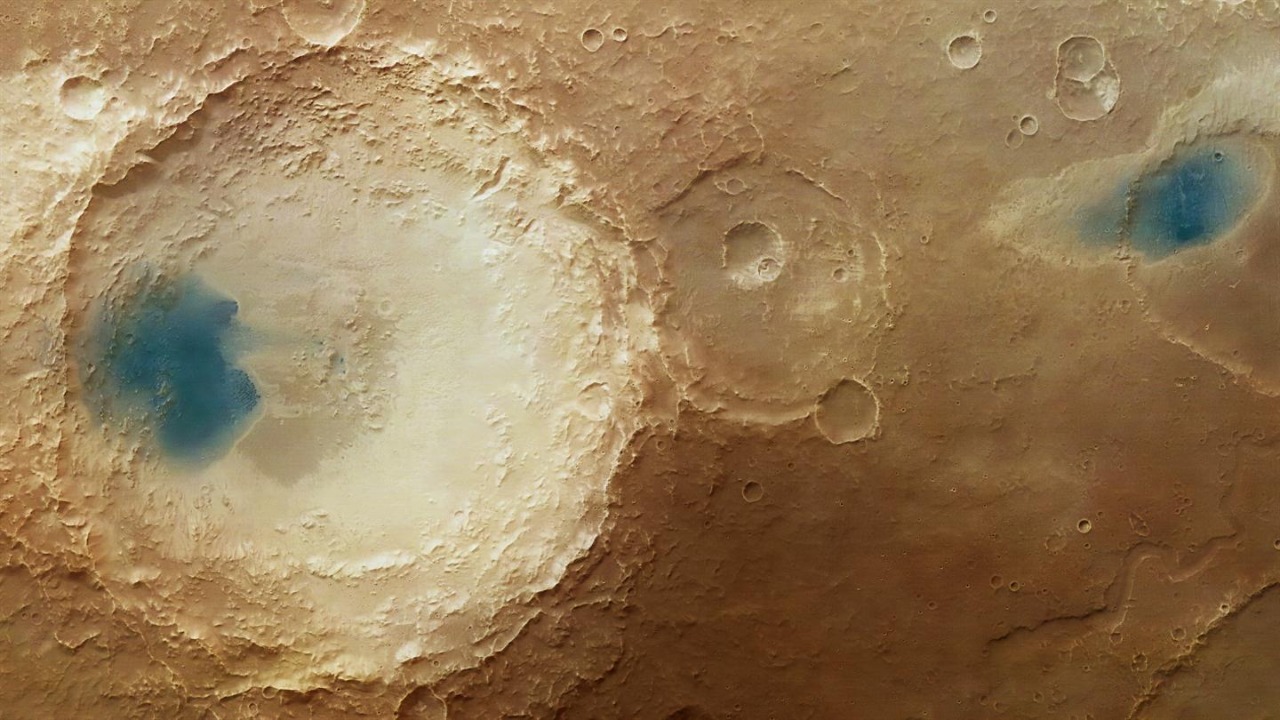
Recent discoveries have shed new light on the history of Mars, revealing evidence of ancient underground water that suggests the planet may have been habitable for longer than previously believed. This groundbreaking research indicates that water once flowed beneath the Martian surface, creating conditions that could have supported microbial life. Furthermore, scientists have identified signs of a massive ocean deep beneath the planet’s surface, challenging previous models of Mars’ arid past.
Uncovering Ancient Underground Water on Mars
Recent studies have unearthed compelling evidence of ancient underground water reservoirs on Mars. These reservoirs, which appear to have been persistent, could have sustained conditions suitable for life for extended periods. The findings, published in November 2025, represent a significant shift in our understanding of Mars’ geological history.
Further analysis of Martian geology has revealed signs of water flow beneath the surface, suggesting the existence of dynamic hydrological systems in ancient times. This new research, also published in November 2025, supports the idea of extended habitability on Mars. Additionally, scientists at NYUAD have identified specific mineral signatures in Martian rocks that indicate prolonged exposure to liquid water underground.
Evidence of a Massive Subsurface Ocean
Seismic data and geophysical modeling have suggested the presence of a massive ocean of water deep beneath Mars’ surface. This subsurface ocean, potentially trapped in the planet’s mantle since ancient times, could have acted as a stable reservoir, shielding water from surface evaporation and radiation. This would have extended Mars’ wet phase, making it possible for life to exist for longer periods.
Volume estimates from the research imply that there was enough water to cover the planet’s surface in a layer several kilometers deep if released. This discovery significantly alters our understanding of Mars’ past and its potential to support life.
Implications for Extended Habitability
The discovery of ancient underground water on Mars has significant implications for our understanding of the planet’s habitability. It suggests that conditions suitable for microbial life may have persisted for a much longer period than previously believed. Underground aquifers may have provided consistent moisture and chemical energy sources, fostering environments suitable for potential ancient life.
NYUAD scientists propose that these water systems could explain detected organic molecules as remnants of biological activity. This hypothesis, if confirmed, could revolutionize our understanding of life’s potential on other planets.
Research Methods and Data Sources
The teams involved in these discoveries utilized a variety of methods and data sources. Orbital spectroscopy and rover-sampled minerals were used to detect hydrated silicates, confirming that water flowed beneath Mars in subsurface channels. Advanced modeling of Mars’ interior, based on InSight mission data, supports the idea of a massive ocean deep beneath the surface.
Ground-penetrating radar and isotopic analysis by NYUAD scientists revealed stable water ice layers indicative of long-term liquidity. These methods and data sources have provided a wealth of information, significantly advancing our understanding of Mars’ geological history and potential habitability.
Broader Solar System Comparisons
The evidence of subsurface water on Mars mirrors findings on other celestial bodies, such as the dwarf-planet Ceres. Ceres’ ancient ocean may have once supported life, suggesting a common history of volatile retention across rocky worlds. These parallels inform models for habitability and provide valuable insights into the potential for life elsewhere in our solar system.
Contrasting Mars’ underground flows with Ceres’ ocean highlights varied preservation mechanisms for water in the outer solar system. These comparisons provide a broader context for understanding the conditions necessary for life and the potential for its existence on other planets.
Challenges and Future Investigations
Despite these exciting discoveries, there are still challenges to overcome. Mars’ thin atmosphere and radiation limit direct access to subsurface features, making it difficult to confirm the presence of underground water. However, upcoming missions aim to drill into potential aquifers to sample ancient water directly, building on the work of NYUAD scientists.
Integrating data from the massive ocean discovery will refine timelines for when Mars transitioned to uninhabitable conditions. These future investigations will undoubtedly continue to reshape our understanding of Mars and its potential to harbor life.
More from MorningOverview